The psychology of site speed and human happiness
Speed Curve
JANUARY 29, 2024
In the fourteen years that I've been working in the web performance industry, I've done a LOT of research, writing, and speaking about the psychology of page speed – in other words, why we crave fast, seamless online experiences. In fairness, that was in the early 2000s, and site speed was barely on anyone's radar.


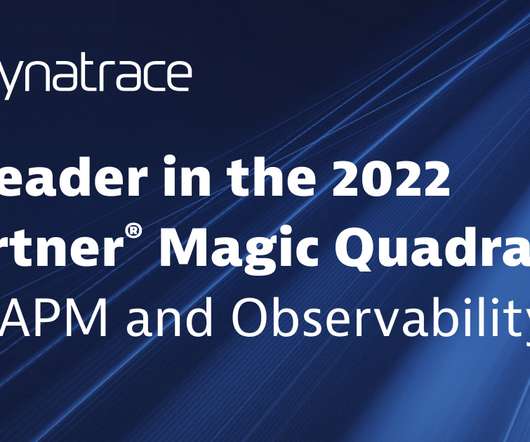


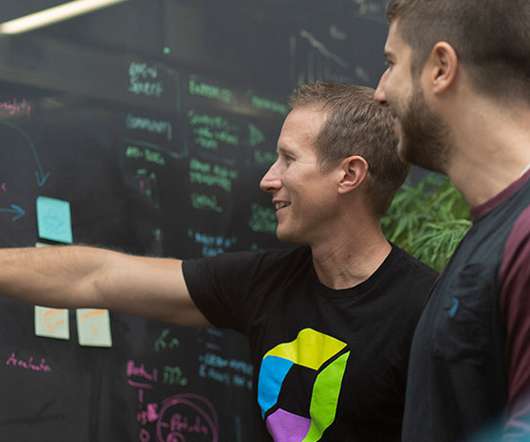


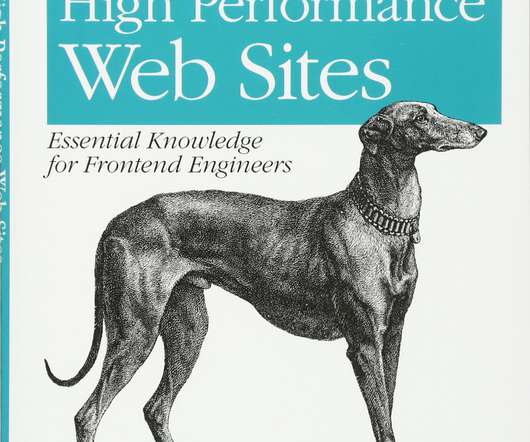

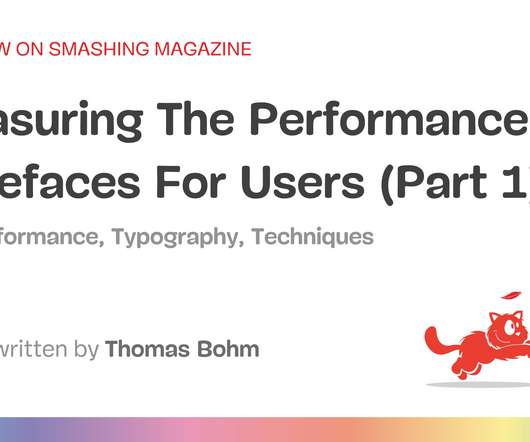


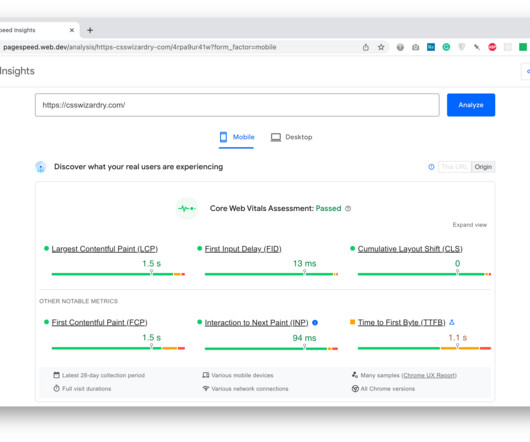






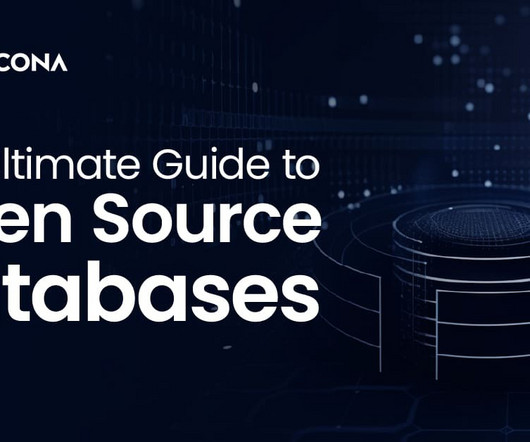



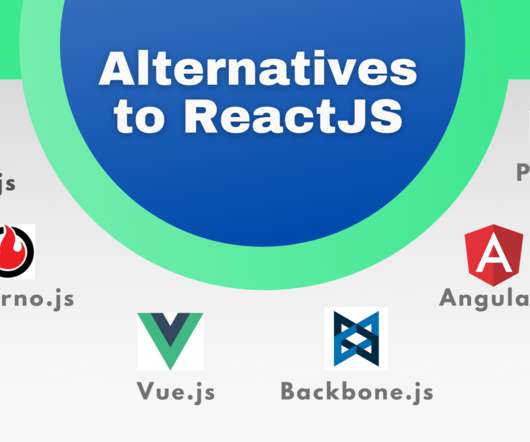







Let's personalize your content